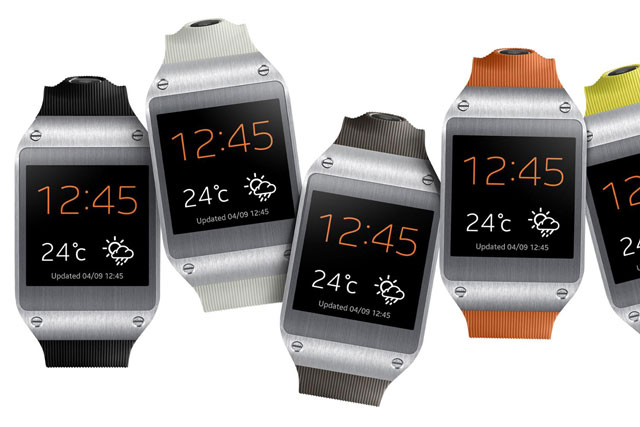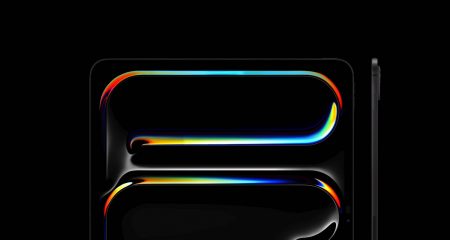
Despite all the hype about smart watches — wristwatches that pair with mobile phones, offering more information than just the time — they’re not likely to feature highly on consumers’ wish lists this holiday season, according to analyst firm Gartner.
Gartner says premium pricing, coupled with an unclear value proposition, will steer consumer spending towards tablets and fitness bands, leading to lacklustre sales of smart watches this Christmas.
“Samsung and other well-known vendors have recently entered the smart watch space, yet the products we’ve seen so far have been rather uninspiring in terms of design, available apps and features,” says Gartner principal analyst Annette Zimmermann. “Wearable devices will remain a companion to mobile phones at least through to 2017, with less than 1% of premium phone users opting to replace their phone with a combination of a wearable device and a tablet.”
There are smart watch models that could potentially replace a smartphone entirely as they include all technologies down to cellular connectivity, while others can perform message display, initiate voice calls and begin music streaming, Gartner says.
“The convenience aspect of using a watch for interaction while leaving the larger-screen phone or tablet in the bag or pocket is something that users can relate to and probably recognise its value,” says Zimmermann. “However, there are still several significant barriers to mainstream adoption, including low interest and awareness among consumers, poor design and price.”
Due to a lack of innovative design, most smart watches have not achieved mass-market appeal, she says. The majority of products that have been designed or launched so far have displays that many consumers will find not stylish due to their bulkiness. Early technology adopters may not place their main emphasis on design, but mainstream consumers tend to make purchase decisions based on overall appearance, material and colour.
“Users expect more than just more convenience from a new product category that claims to be innovative and priced at US$200 to $300,” says Zimmermann. “The same price will fund basic tablets with a good feature set. For the coming holiday season, users are more likely to pick the basic tablet option rather than a smart watch as the value proposition is clearer.”
The success of smart watches will not be decided by hardware alone. Apps and interoperability across devices will be a key differentiator that will bring brand loyalty and customer engagement to those vendors investing resources in fostering the developer community.
“Even though smart watches play a ‘supporting role’ to smartphones, designing the smart watch only to act as a secondary device will consign it to failure,” says Gartner research director Angela McIntyre. Sensors such as accelerometers, gyroscopes, infrared, microphones and cameras will give software developers greater flexibility to create apps for a broad range of uses.
McIntyre says that interoperability between the smart watch and devices other than the smartphone or tablet would enhance its usefulness. Some smart watches include the ability to pair directly with a Bluetooth headset to keep calls private and prevent music from being overheard by those nearby. Smart watches may connect directly with Wi-Fi access points, which would allow wearers to access the Internet, send messages and make calls via voice over Internet protocol, independent of the smartphone. — (c) 2013 NewsCentral Media




